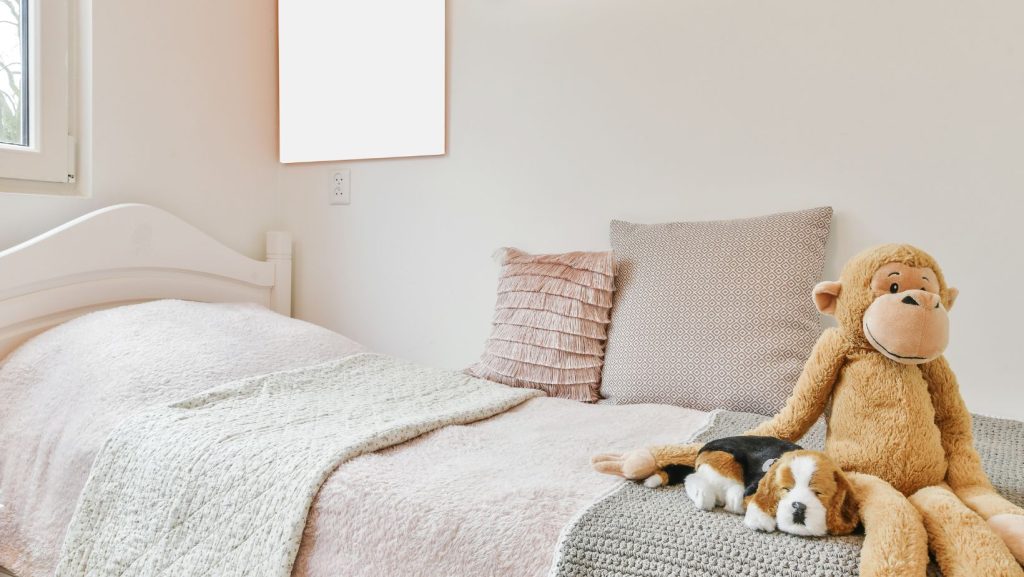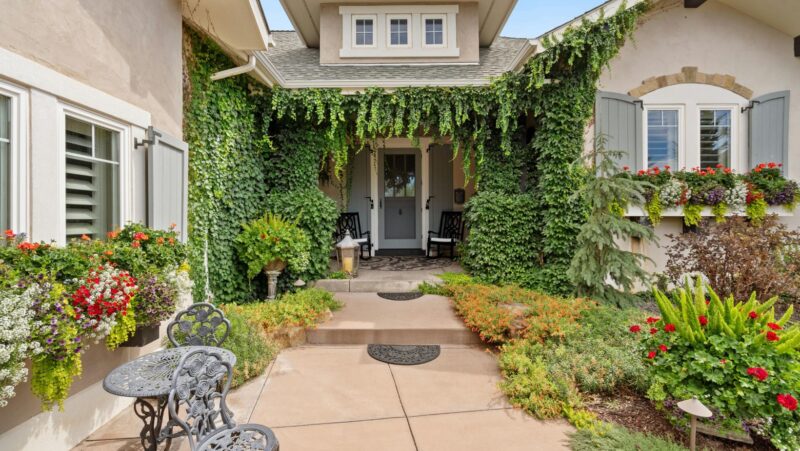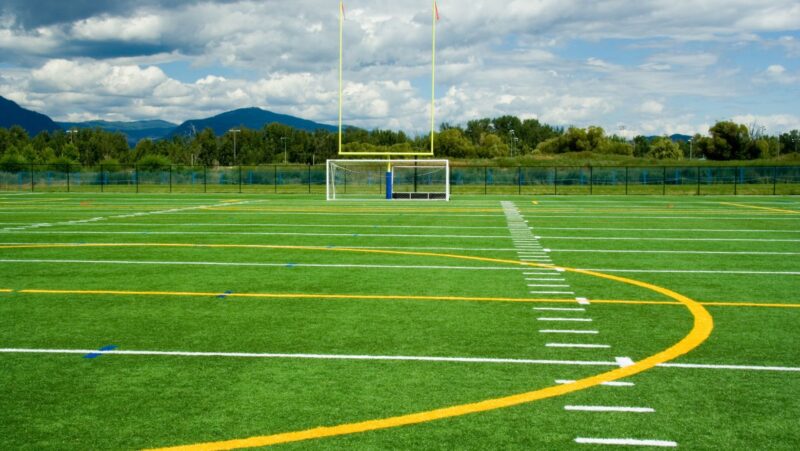
Choosing the perfect bed for your child can be a daunting task with so many options available. The best bed for your child depends on factors such as their age, space availability, and personal preferences. From toddler beds that offer safety and transition ease to bunk beds that maximize space for growing families, the right choice can make a significant difference in their comfort and room functionality.
For younger children, a toddler bed provides a secure and familiar sleeping environment. When your child hits school age, options like loft beds can create an exciting and functional space, combining sleep and play areas. If you’re looking for a diverse selection of kids’ beds to suit varying needs and tastes, there are many choices that cater to both practicality and creativity.
Considering both the current and future needs of your child helps in selecting the most appropriate bed. From themed beds that spark imagination to practical bunk and loft beds optimizing room space, there’s a perfect solution for every child’s needs.
Key Takeaways
- The best bed depends on age, space, and preferences.
- Toddler beds offer safety, while loft beds maximize space.
- Diverse bed selections cater to both practicality and creativity.
Understanding Child Bed Basics
Selecting the right bed for your child involves considering their age, size, safety, and comfort. This section covers essential aspects to help you make an informed choice.
Bed Size and Sizing Guide
Choosing the correct bed size is crucial as your child grows. Starting with toddler beds, which typically range from 144-166 cm in length and 73-79 cm in width, these can use the same mattress as a crib, making the transition easier. As children get older, a twin bed (99 cm x 190 cm) is popular for its compact size and suitability for small rooms.
For older children or those experiencing growth spurts, consider a twin XL (99 cm x 203 cm) for additional length. Families seeking more space might opt for a full-size bed (137 cm x 190 cm). It’s essential to understand the available sizes: toddler, twin, twin XL, full, full XL, and queen.
Keep in mind that spacing needs will vary, and larger beds may require rearranging the room to fit comfortably.
Choosing the Right Mattress
A proper mattress ensures good sleep quality and comfort. For toddlers transitioning from a crib, using the same mattress can be convenient and save costs. When selecting a mattress for a twin or larger beds, consider support and durability. Medium-firm mattresses are generally recommended by experts for providing adequate support for a child’s growing body.

Look for mattresses that meet American Academy of Pediatrics guidelines, avoiding ones that are too soft to prevent suffocation risks and ensuring they fit snugly within the bed frame. Memory foam and innerspring are popular choices, each offering different benefits like pressure relief (memory foam) or bounce and support (innerspring).
Finally, regularly check for signs of wear and consider replacing the mattress every few years to maintain comfort and safety.
Essential Safety Features
Safety is paramount when choosing a child’s bed. Rounded edges and low profiles help prevent injuries from falls, especially for younger children. Removable safety rails are vital for toddlers moving to a big bed, providing security without feeling confined.
Additionally, ensure the bed meets current safety regulations, such as those set by the American Academy of Pediatrics. This includes checking for sturdy construction, non-toxic finishes, and avoiding sharp corners. For younger children, loft and bunk beds should be avoided due to fall risks, as recommended by child safety experts.
Following these tips can help prevent accidents and provide a secure sleeping environment for your child.
Optimizing Comfort and Space
Choosing the right bed for your child’s needs involves balancing comfort and space efficiency. Key considerations include space-saving bed styles, the materials used for construction, and additional features that enhance both functionality and longevity.
Space-Efficient Bed Styles
For families looking to maximize room space, various bed styles offer unique benefits. Bunk beds are excellent for siblings sharing a room, providing two sleeping areas while using the footprint of a single bed. Loft beds elevate the bed to create usable space underneath for a desk or play area, ideal for smaller rooms.

Trundle beds are practical solutions for sleepovers, featuring a pull-out bed stored beneath the main bed. For single children, a daybed can serve dual purposes as a bed and a seating area, making it a versatile piece of furniture. Storage beds integrate drawers or compartments, reducing the need for additional furniture and keeping the room clutter-free.
Materials and Longevity
The materials used in a bed’s construction significantly affect its durability and lifespan. Solid wood bed frames offer robustness and a timeless aesthetic, whereas composite woods like MDF (medium-density fibreboard) provide an economical yet sturdy option. Plywood and upholstered beds offer different styles and comfort levels but may vary in longevity.
Platform beds eliminate the need for a box spring, supporting various mattress types from crib mattresses to full mattresses. Investments in durable materials, such as wood or high-quality composites, ensure the bed withstands wear and tear, making it a long-term solution.
Additional Features and Accessories
Incorporating additional features can significantly enhance the bed’s utility. Storage drawers beneath storage beds or cabin beds provide extra storage space for clothes, toys, or bedding. Modular designs allow for customization and adaptability, growing with your child or changing to meet new needs.
Choosing a firm mattress or a hybrid mattress can optimize sleep quality, with materials like memory foam or innerspring providing comfort and support. Accessories like guardrails for younger kids and built-in desks for older children can add safety and functionality, ensuring the bed meets evolving needs over time.
By focusing on space efficiency, quality materials, and additional features, parents can select the ideal bed that offers both comfort and practicality for their child’s needs.
Conclusion
Choosing the right bed for your child involves considering their age, space requirements, and personal preferences. There are various options to fit different needs, from cribs and toddler beds to full-sized beds for older children.
Safety and comfort should be your top priorities, ensuring your child has a restful and secure sleeping environment. By evaluating these factors carefully, parents can make an informed decision that will support their child’s health and happiness.












